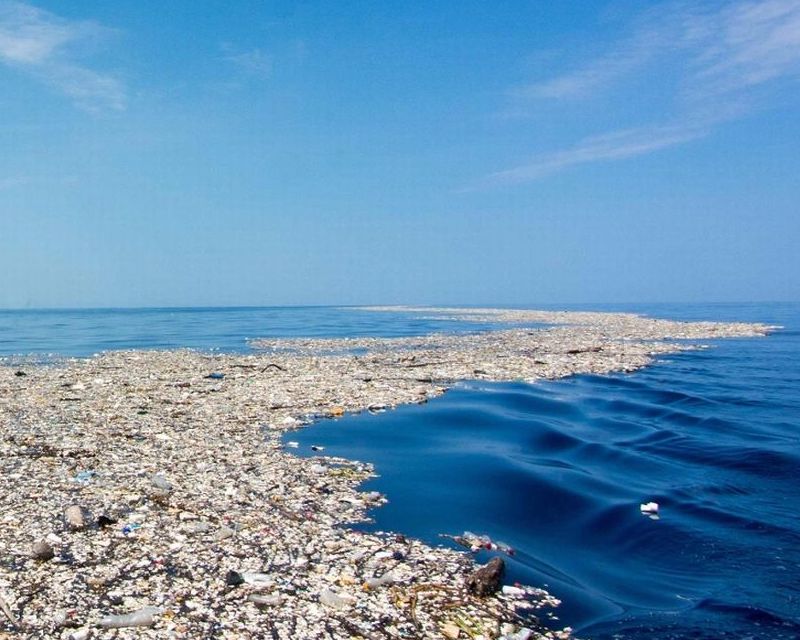Starbucks, arguably the most widely known cafe franchise, has recently launched a campaign to reduce global plastic pollution. It began the removal of plastic straws from its stores by replacing them with “sippable” plastic lids and plans to withdraw all straws from stores by 2020 according to BBC News. This policy has already been put into effect in many different Starbucks stores and is gaining momentum as the straws start to disappear across all stores in its hometown, Seattle.
“I was surprised when I got plastic cups instead of the usual disposable containers at Gong Cha,” said Youn Hwang (10), who drinks Gong Cha on a daily basis. “Instead, I got plastic cups for use at the store.”
Starbucks has not been the only company to take the extra step to ban plastic in stores. Many other chain stores like Gong Cha have started to remove non-recyclable plastic containers by serving reusable plastic cups in their stores. Hyatt has also started to replace plastic straws with eco-friendly alternatives at its hotels, making straws only available at request.
These environmental movements, especially the one led by Starbucks, have been met with controversy. Having seen many gruesome pictures of turtles harmed by plastic paraphernalia, many praise such efforts. However, a lot of other customers criticize this movement and deem it counterintuitive because plastic lids incorporate more plastic into the drinks than do straws. While Starbucks argues that the lids are recyclable, unfortunately, even recyclable plastic often ends up in landfills due to contamination or the simple carelessness of those who trash them; in fact, according to The Guardian, only nine percent of the world’s plastic gets recycled.
“I think it would be a better idea to switch into paper straws instead,” said Celine Choi (10), an avid consumer of Starbucks. “Not only does it avoid the plastic controversy, but it also avoids the problems of a sippable lid, such as the difficulty of drinking hot beverages.”
Because of its widespread use and long lifespan, plastic threatens to have detrimental effects on marine life. Plastic is used everywhere, from packaging our foods to making tools used in science labs. The imminent problem is that much of these plastics are not recyclable and are carelessly dumped in places where they do not belong. With tourists leaving trash at the beaches and litter floating into drains and sewages, it is not surprising that much of this plastic ends up in the sea. Recent studies from the Plastic Pollution Coalition revealed that there are 51 trillion microscopic pieces of plastic in the sea, amounting to 269,000 tons.
“I think it’s a great tragedy, because we have transformed the seas we all share into a dumping ground,” said Peter Alden, Chemistry and Physics teacher. “Stricter regulations should be placed on plastic waste in order to start solving this problem.”
The plastic pollution most directly affects the organisms in the sea. Most of the times, turtles, fish, and gulls mistake pieces of plastic as edible prey. It is extremely easy, for example, for a turtle to confuse a clear plastic bag with its common prey, the jellyfish. Plastic consumption not only can immediately cause these animals to choke or suffocate, but it also has lasting effects that reach us at our dinner tables. Contamination and decay of pieces inside the bodies of fish can infect the food we eat, resulting in food poisoning and diseases.
“The recent increase in reports about aquatic animals being hurt by plastic trash that we, humans, create really broke my heart and made me more conscious about my actions and how they might affect other lives–not of humans, but of animals,” said Joshua Hahn (11).
Despite considerable criticism, the general public views the Starbucks campaign as a good starting point in the solution to global plastic pollution. If everyone were to make small, eco-friendly tweaks in their lifestyles similar to the initiative that Starbucks is taking, it may be possible to solve such environmental problems on a global scale.

